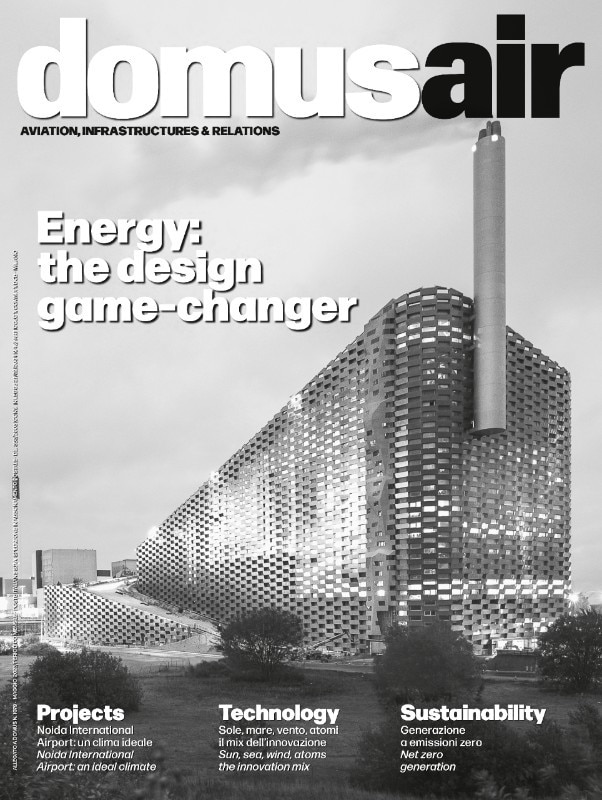Speaking of energy, the time has come for a holistic, more scientific, and rigorous approach, less ideological and misguided by expectations of possibly unfair profits. Consumption reduction, a better use of resources, and the transition from fossil sources to renewables must be accelerated on an objective and measurable basis, considering the environmental, economic, and social specificities of different geographic areas and climates. To insist for reasons unrelated to energy or only partially related to potential effective results, on the use of technologies that are not adequately supported by solid data or may have little positive impact in percentage terms, helps at best to raise awareness of pressing priorities but is not effective towards solving the planet’s problems.
All too often, the communication, and sometimes regulatory support in favour of technological solutions that are very valid but not in themselves decisive if not included in a coherent wider ecosystem, favour interventions and projects with only partial benefits. Let’s consider, for example, the all-electric mobility option or photovoltaics in the building industry, two optimal responses in their respective fields only provided they become an integral part of an environment that fully exploits their potential without generating undesirable impacts. For those dealing with local, urban, and building projects, a truly key issue is that of consumption: what are we doing about it today? How does passive design come into play in the construction of new buildings and infrastructures, in the adaptation of the existing building stock, in urban and local planning?
While the performance of materials and specific technologies appears to be highly advanced, the goals that can be achieved by working in parallel on the reduction of energy needs and the coordinated and harmonious use of energy efficiency technologies are still to be attained.
By operating on how infrastructures and buildings are used, on their sizing by optimising functional layouts and in particular on their physical characteristics by working on architecture, structures, and systems, surprising results can be achieved, both in terms of energy consumption reduction and in terms of comfort inside spaces. Results that can, among other things, make the most of the performance offered by the already available technologies and materials. The new Noida Airport Terminal in India is a model of energy saving and appears to be a perfect combination of all beneficial energy factors introduced by passive design.
A second and equally key issue is the need to further increase energy production and distribute it as widely and efficiently as possible. We must not expect that the reduction and optimisation of energy consumption for the spaces we live in and the services we use will translate into greater expanses of forest and green meadows: as pointed out by The Economist’s recent cover story Hug pylons, not trees, like it or not, climate change and growth will involve new infrastructure and an upgrading of the existing one. The parallel challenge for planners and designers will be to enhance production and distribution of energy in terms of capacity and performance, limiting its environmental impact and measuring progress towards the net zero target relying on the increasingly present digital technology. A technology that, as highlighted by Monica Iacono in the interview in this issue, will favour the optimisation and management of consumption in the industrial, tertiary, and domestic sectors.
The synergetic work between disciplines and professions on technologies, territory, cities, and landscape will all the more effective, the more politics, regulatory guidelines, and policies will be able to promote a greater technological neutrality translating it into regulatory norms.



